
New Year, New You
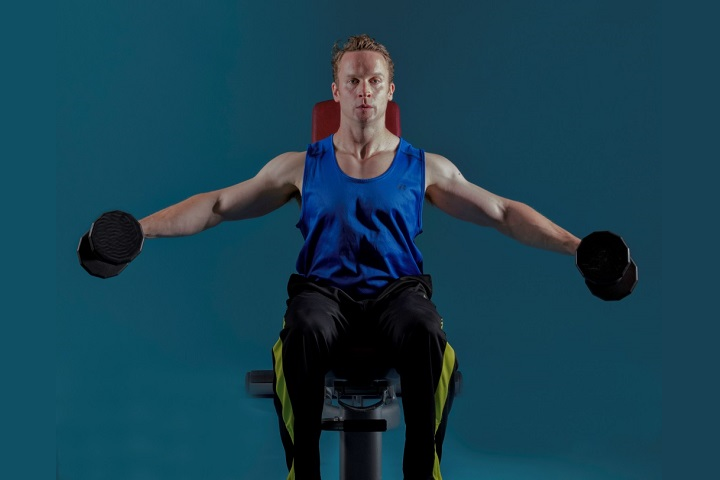
Nutritionists at Walter Reed National Military Medical Center stress people eat healthy, well-balanced meals, include exercise and set realistic goals for weight loss. (Photo courtesy of Walter Reed National Military Medical Center)
FALLS CHURCH, Va. — Every January, thousands of people make personal pacts to improve their lives over the coming year – workout more; catch up with old friends; watch less TV… and of course, make better food choices.
According to a Defense Health Agency 13-year perspective study, combined overweight and obesity, which is a Body Mass Index of greater than 25 percent for military personnel, increased from 50.6 percent in 1995 to 60.8 percent in 2008.
“The military population is just a “slice of the American pie,” explained Army Maj. Joetta Khan, deputy director for Walter Reed National Military Medical Center’s Nutrition Services Department. “Most people develop their habits when they are young and it becomes very difficult to break those habits as we age. The generation that is coming of age to serve now, grew up in a digital world, with less time outside [and] less exercising. Many of them grew up in more dense urban areas that might have been considered ‘food deserts’ (areas lacking in options for fruits/vegetables), and all of these play a role in what they choose to do and eat.
“As an Army dietitian, my goal is always to meet the person where they are and help them strategize a way to make healthier choices related to their nutrition, exercise and overall health habits,” Khan explained. “This takes time and depending on the person’s background, it can be an extensive process to get them to make the changes and then to sustain the changes,” she added.
One of the major pitfalls as to why diets fail is “jumping in with both feet, changing too much at once and not being able to sustain the changes,” Khan furthered.
“These decisions cost the individual substantially on quality of life,” continued Khan. “The problem is that it is hard to convince individuals to change behavior now, knowing that they won’t feel the negative health effects of their behaviors until much later in life.”
Diet is just part of the equation. The other piece is exercise. “When a person is getting back into a routine, consistency is one of the most important things to start off with,” added Travis Combest, clinical exercise physiologist in WRNMMC’s Nutrition Services Department.
Not having achievable goals is one of the major points of failure, Khan and Combest explained. “For example, someone might say they want to get back to their high school weight, but that was 20 years, a marriage, two kids and two careers ago,” said Khan. “A more realistic goal might be to lose one or two pounds per week to reach a total goal of 15 pounds.”
To avoid, this and continue with any resolutions well past the beginning of the year, Khan recommends to “Start small, set manageable goals and reward yourself for making those small changes. This will enable the individual to keep the momentum going.”
Healthy Eating
Cost and convenience are the top two excuses that Khan hears from service members as to why they fail to maintain healthy diets.
‘I don’t’ have enough time to shop or cook healthy food,’ and ‘It is just easier to grab something on the go,’ are some of the barriers that Khan helps people to overcome. “The reality is there are healthy convenient foods as well, so again it is all about the choices.”
Khan, who admits to occasionally indulging in a single-serving piece of chocolate, explains that she would never recommend cutting a food out completely from an individual’s diet.
She recommends reducing high calorie, low nutrient foods such as sweets, candy, soda, etc., and increasing fruits, vegetables and fiber. “We never really get enough of these in our diet and they have some great properties that all of our bodies could benefit from.”
Exercise
“Exercise in conjunction with good eating habits are essential for a healthy lifestyle,” explained Combest. “Exercise helps you feel emotionally and physically better and stronger. It also makes you feel more energetic to engage in more activities, like hiking in your free time.”
“Simple things like walking for 20 to 30 minutes a day for three days a week, and stretching your muscles can be a starting point,” he added.
Combest shared some tips to staying motivated beyond the New Year’s resolution. “Make exercise a priority in your day and week. Make yourself accountable by tracking your exercise or having an exercise buddy. Identify those barriers and seek out support from an exercise physiologist or registered dietitian to assist you with exercise and nutrition goals.”
At Walter Reed Bethesda
The WRNMC Nutrition Services Department has dietitians in multiple clinics, including Nephrology, General Surgery, Oncology and others, as well as Combest’s expertise in exercise to improve the overall health of beneficiaries.
WRNMMC’s outpatient nutrition clinic offers both one-on-one, group appointments and even virtual means to help beneficiaries develop a healthy plan to meet their health goals.
“Over the last year we launched our Virtual-Nutrition program which allows our beneficiaries to participate in nutrition programs through video chat so we have worked very closely with the VirtualHealth program to manage this program effectively,” Khan explained.
“Our dining facility offers healthy choices to help our beneficiaries make the right choice, such as Fit and Flavorful and our Salad bar,” added the Army major. “Our research programs are designed to move the science forward, giving beneficiaries an opportunity to participate in nutrition-related research to develop the best programs moving forward so that we can ensure we are preventing long-term chronic illness.”
According to Khan and other nutritionists, long-term impacts of making poor nutrition choices may include cardiovascular disease, Type 2 diabetes, morbid obesity, renal failure and other negative health effects.
In the exercise area, Combest offers office appointments and assessment for body composition, strength, endurance, exercise planning and programming. In addition, he conducts follow-up appointments to evaluate an individual’s form, techniques and progression.
Combest summed up his philosophy on the importance of maintaining good health, “The cost of poor personal health is potential poor quality of life for yourself and those who love you. It impacts your ability to be productive at work and at home. Taking care of your body by being more physically active and selecting healthy meal options is something you can control for your own well-being.”
A new year marks a new you
Article
1/18/2019
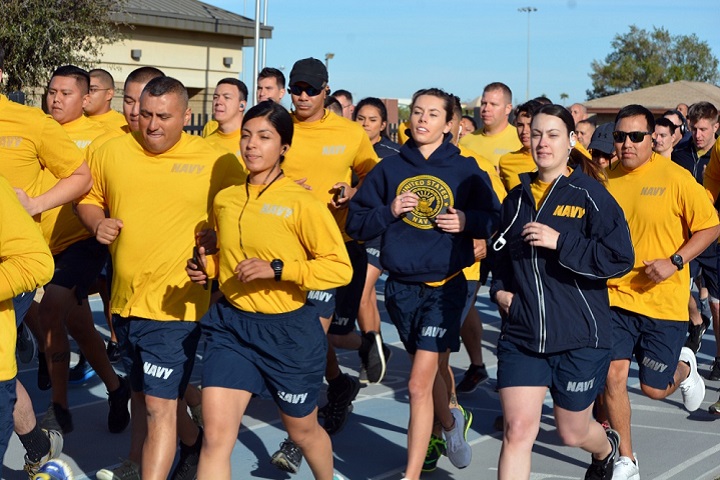
Changes in lifestyle don’t have to be drastic to be effective
Sticks and stones can break bones – and so can osteoporosis
Article
10/11/2018
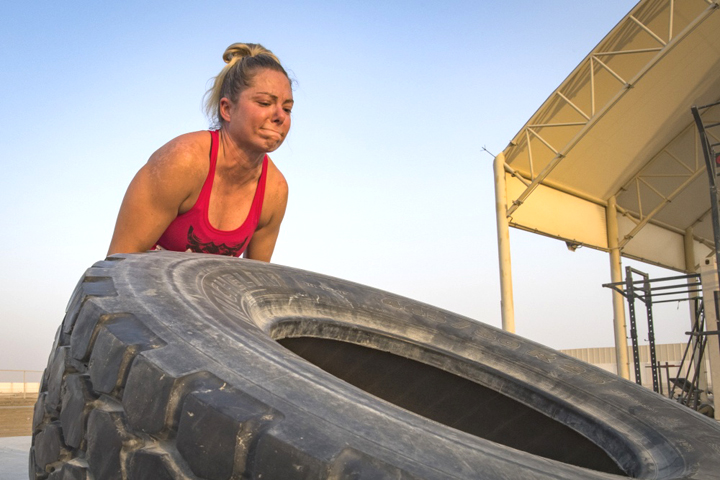
Steps to take today to build a future of healthy bones
Swimming for good health: Just go with the flow
Article
9/6/2018

Aquatic exercise is a low-impact alternative to running
Going the distance runs in the family
Article
6/14/2018
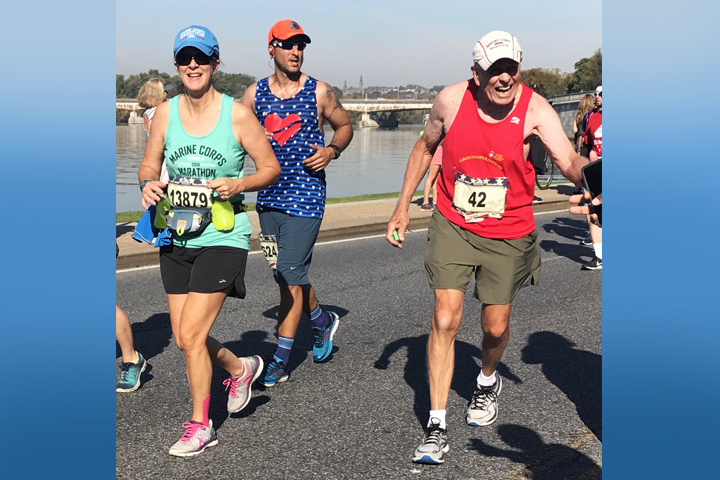
For this father/daughter team, running, and the Marine Corps principles that carry them, are in their blood
Deep vein thrombosis: What you need to know
Article
4/9/2018

Everyone’s potentially at risk, vascular surgeon says
Small changes, big results: Healthy lifestyle choices can make a difference for heart health
Article
4/6/2018

Risk for heart disease, the number one killer of Americans every year, can be decreased through healthy lifestyle and nutrition choices
Traumatic Brain Injury and the Art of Paddling
Article
3/7/2018

A U.S. Army veteran’s recipe for embracing life after several TBIs
Heart Health Month: Stopping the number-one killer
Article
2/1/2018
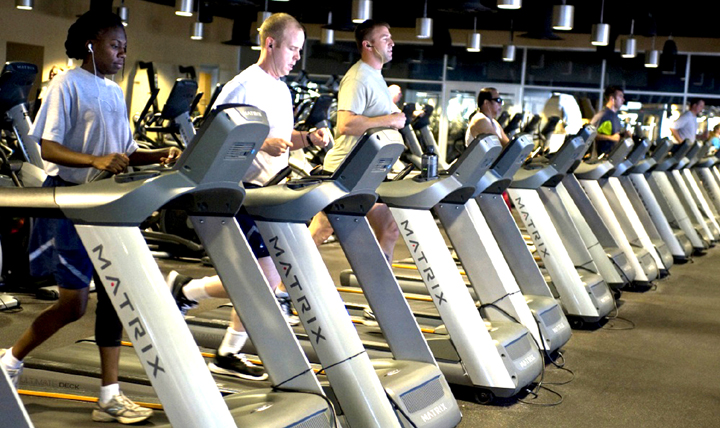
Learn about the small changes that can make a big difference in your overall health
A new year, a new you: Take command of your health
Article
1/2/2018
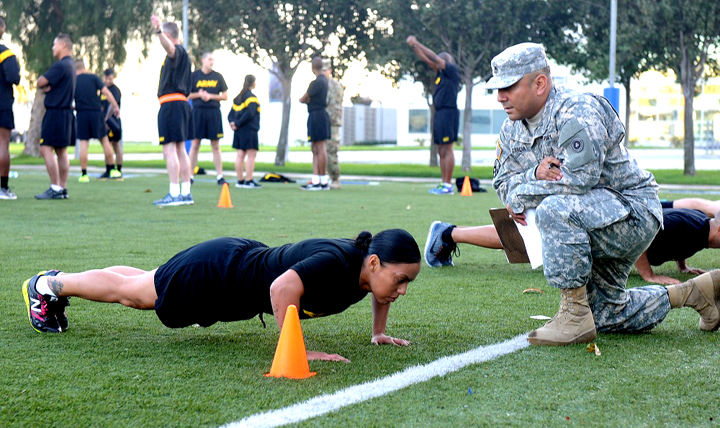
Meeting goals requires inspiration, commitment, action
Let’s get moving: Physical therapy from a provider’s perspective
Article
12/19/2017
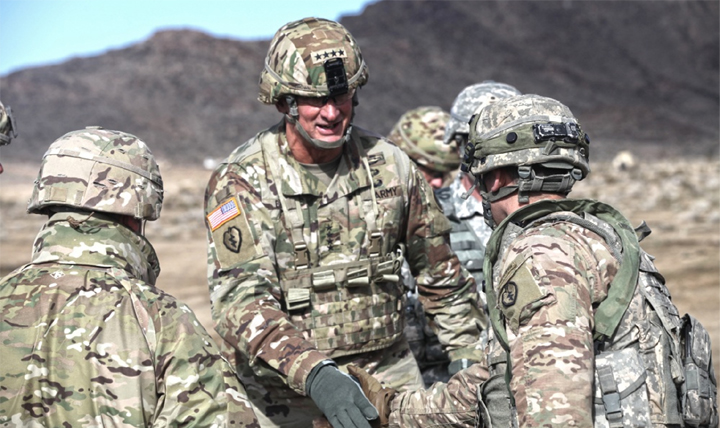
Two providers and a former patient share insight into the role of physical therapists, as well as the benefits of seeking help and committing to a program
App helps Guard Soldiers prepare for physical fitness test
Article
10/4/2017

Guard Your Health recently launched Guard Fit
Advice to young athletes: A variety of sports is the spice of life
Article
9/25/2017

Young athletes who focus on one sport instead of sampling a variety are more likely to suffer overuse injuries
Repetition, intensity can build a ‘recipe for injury’ during workouts
Article
9/22/2017
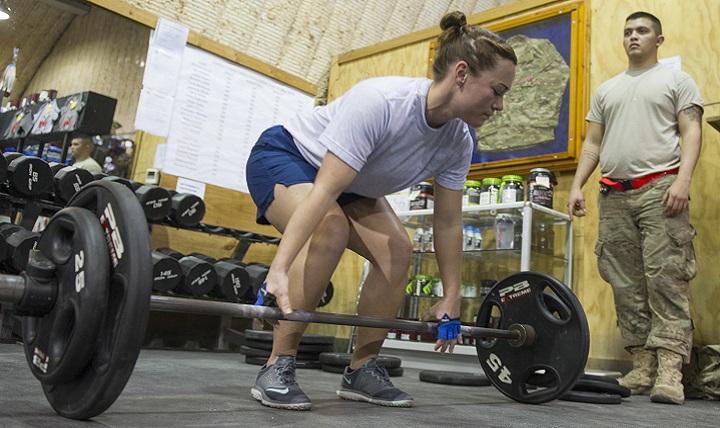
Doing too much too soon, or too much of the same, can lead to overuse injuries but there are many ways people can prevent these injuries
Setting goals, logging miles: How to train for a running event
Article
9/20/2017

Whether you’re training for a 5K or a full marathon, preparing properly takes more than just running
NHRC research studies link between injury and fitness
Article
8/31/2017

Dr. Karen Kelly, a physiologist with the Naval Health Research Center’s (NHRC), discussed her recent work examining the relationship between training requirements, fitness and musculoskeletal injuries, during a breakout session at the Military Health System Research Symposium (MHSRS) Aug. 30.






















.png)











No hay comentarios:
Publicar un comentario